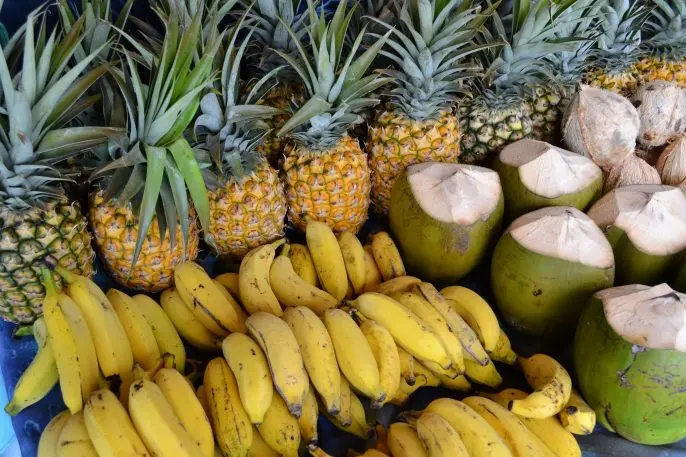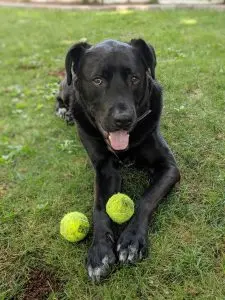The internet—and social media in particular—is dominated by images. But not everyone can see them.
To experience the internet the way that most people do, blind and low-vision users often rely on screen readers or Braille displays. But these devices depend on website creators remembering to create what’s called “alternative text,” or alt text—a tag that provides a description of what’s in the image.
However, while many big websites do include alt text (and more will have to, given that the Supreme Court has upheld a ruling that the Americans with Disabilities Act applies to online spaces as well as physical ones), smaller ones often don’t. And alt text doesn’t always appear on social media, where images and memes fly faster than some systems can keep up with.
Help is on the way courtesy of the Chrome accessibility team at Google. Today the company is announcing a new Chrome feature that takes advantage of Google’s considerable image recognition prowess to algorithmically generate alt text descriptions of images.
“The unfortunate state right now is that there are still millions and millions of unlabeled images across the web,” says Laura Allen, a senior program manager on the Chrome accessibility team, who herself has low vision. “When you’re navigating with a screen reader or a Braille display, when you get to one of those images, you’ll actually just basically hear ‘image’ or ‘unlabeled graphic,’ or my favorite, a super long string of numbers which is the file name, which is just totally irrelevant.”
Using the same tech that lets you search for images of swimming pools on Google Photos, Chrome can now auto-generate descriptions of what an image depicts. For instance, a screen reader might come across an image of bananas, coconuts, and pineapples laid out on a table and tell the user: “Appears to be fruits and vegetables at the market.” Another image of a dog laying down with a tennis ball between its paws might get translated to: “Appears to be dog catches something.” The tool can also read out words within an image, like of a packing slip or a sign. In that case, the descriptor will start with “appears to say.”


Currently, the tool has labeled more than 10 million images during a few months of testing. It’s being slowly rolled out to users, and Chrome is promoting it specifically to people who use screen readers to encourage them to try it out. Those users also have control over how much they want to use it: They can decide to turn it on for a single web page, or they can decide to leave it always on. It’s available only for sites in English, but coming to more languages soon.
These descriptions also won’t be shared with web admins or developers, since Mazzoni says that any human looking at a picture would be able to generate a better description. But it’s a useful tool for the millions upon millions of photos that aren’t yet labeled (including—full disclosure—ones on this site).
“A lot of the images on the web are coming not from developers but from bloggers or just from social media posts,” Mazzoni says. “And that’s one of the main areas where I think this is super helpful.”
Chrome’s labeling feature is an example of how machine learning can make the web a much more accessible place. While it’s more important that people who are building websites commit to making them accessible for everyone, algorithms can pick up the pages that fall through the cracks.
Recognize your brand’s excellence by applying to this year’s Brands That Matter Awards before the early-rate deadline, May 3.
